Public spaces paved with mosaics. Ornate enamel signs in public spaces for the simplest of things. Detailed facades. Why don’t we have these things anymore?
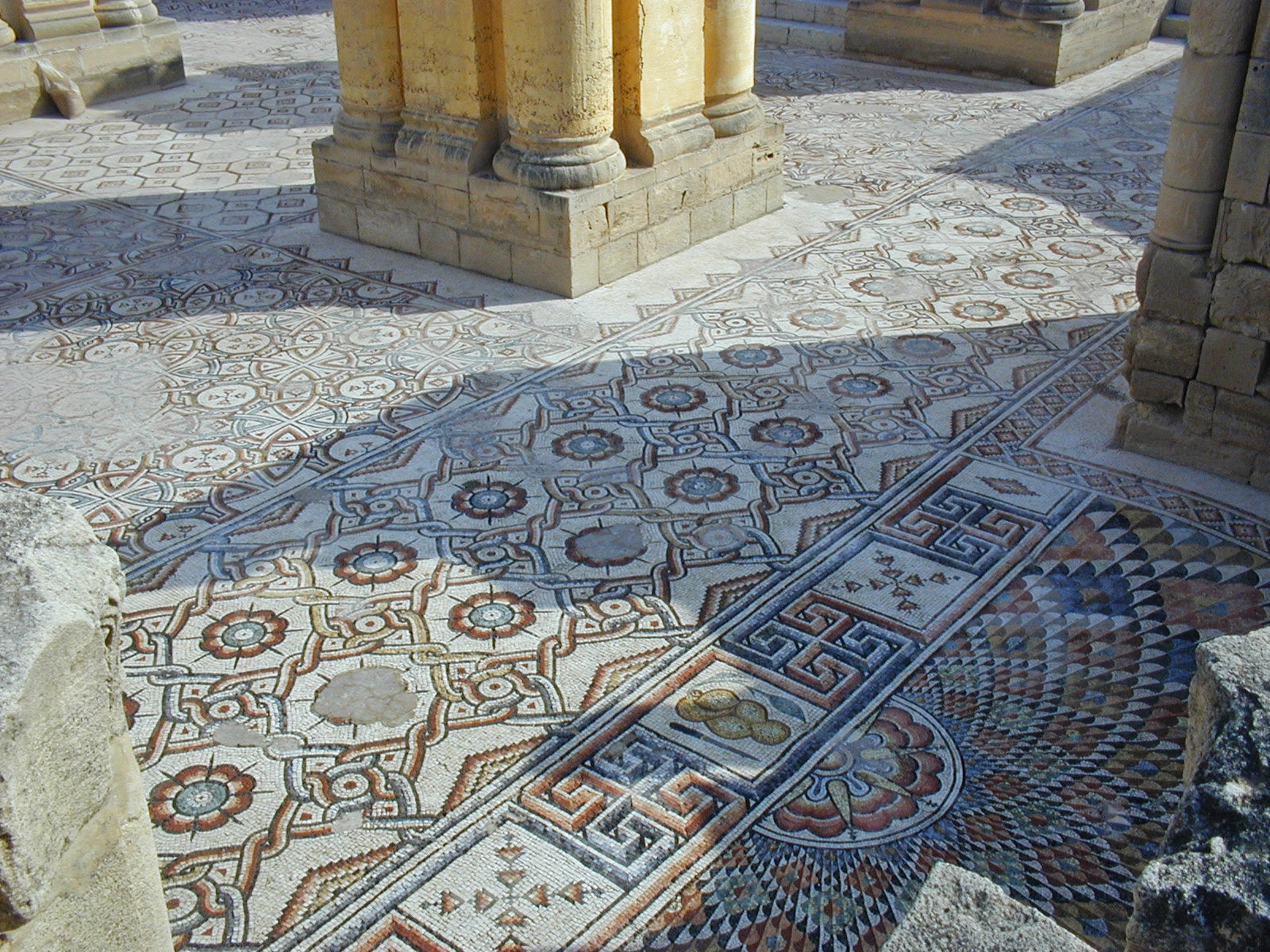
Bathhouse mosaic from Umayyad, 730–40s (Source).
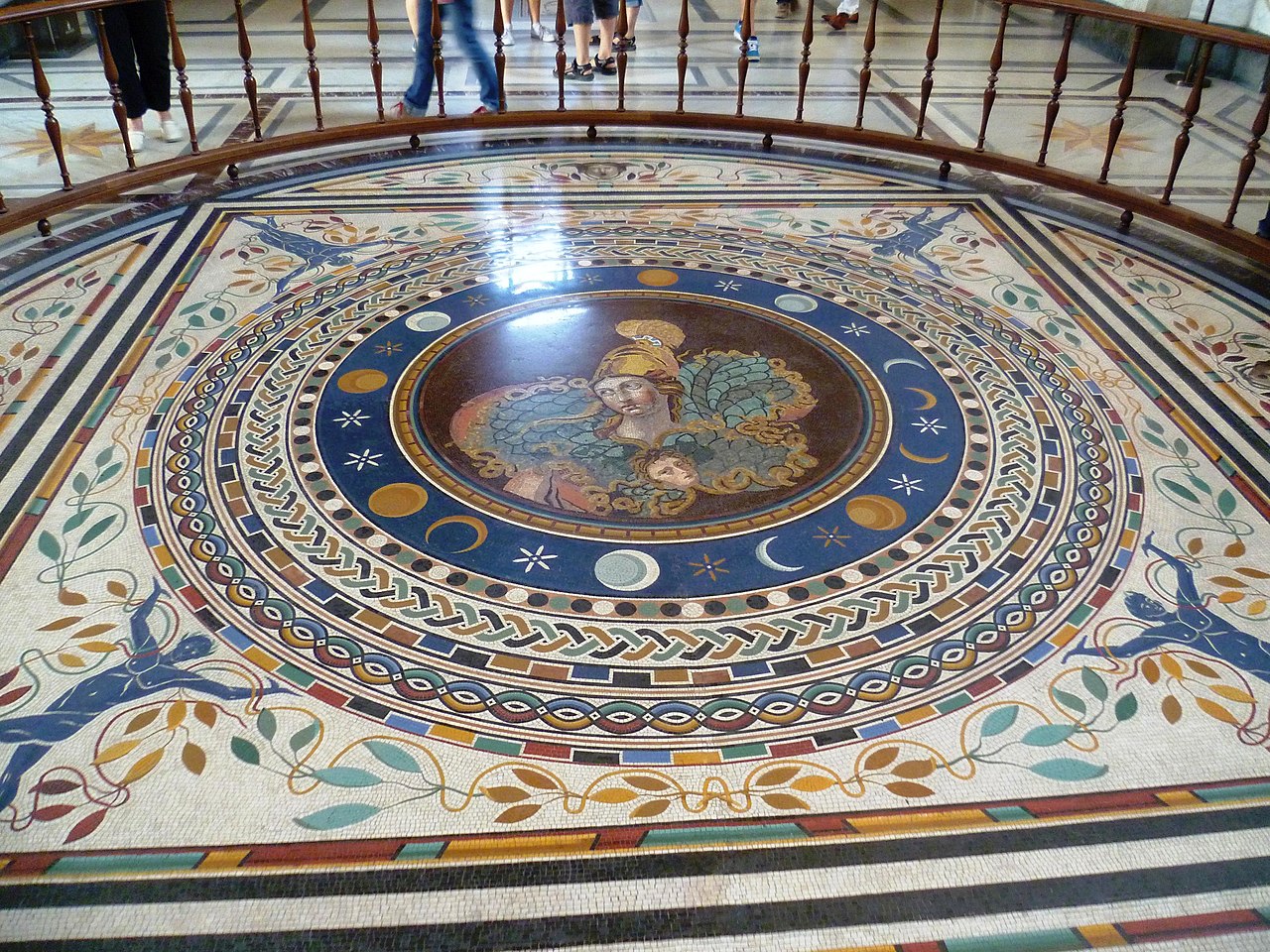
Mosaics is not just patterns. You can really create anything with mosaics – any picture, no matter how complex. This is the Athena mosaic in the Sala a croce greca, Vatican Museums (Source).
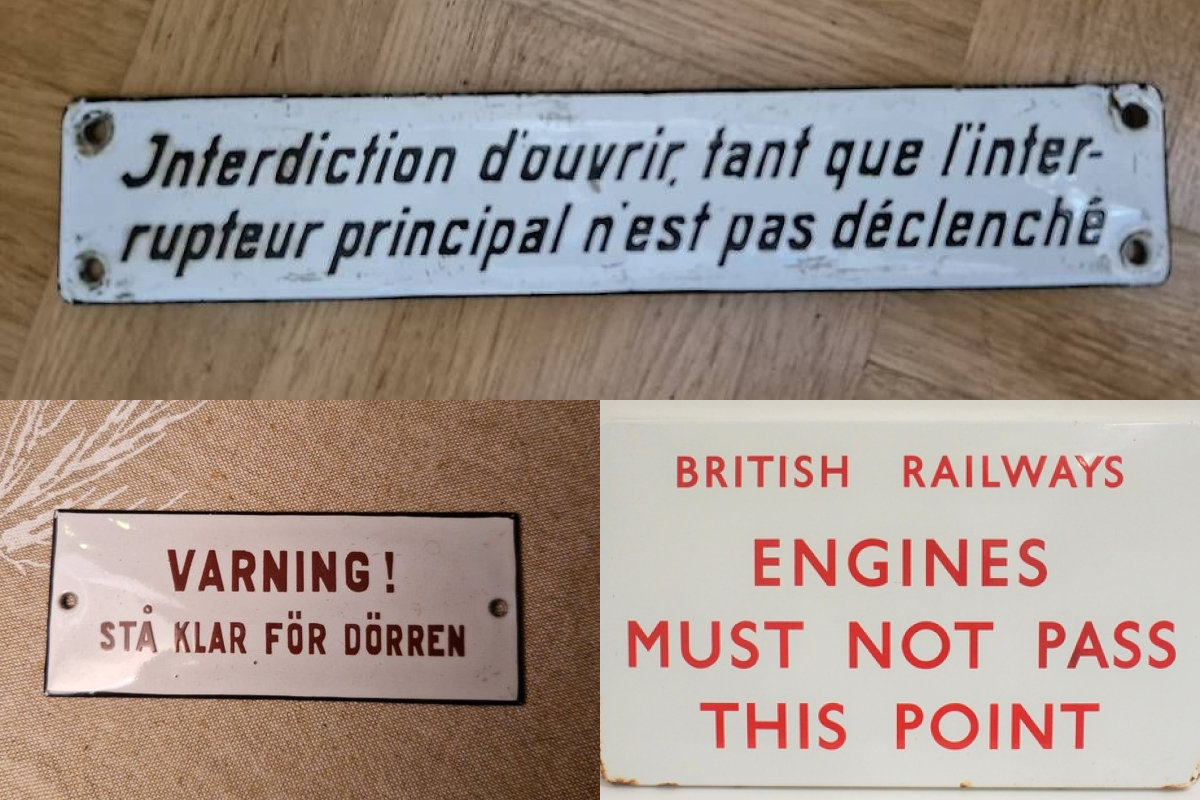
Enamel signs from Swiss, Swedish, and British railways. A very high level of quality for very mundane messages.
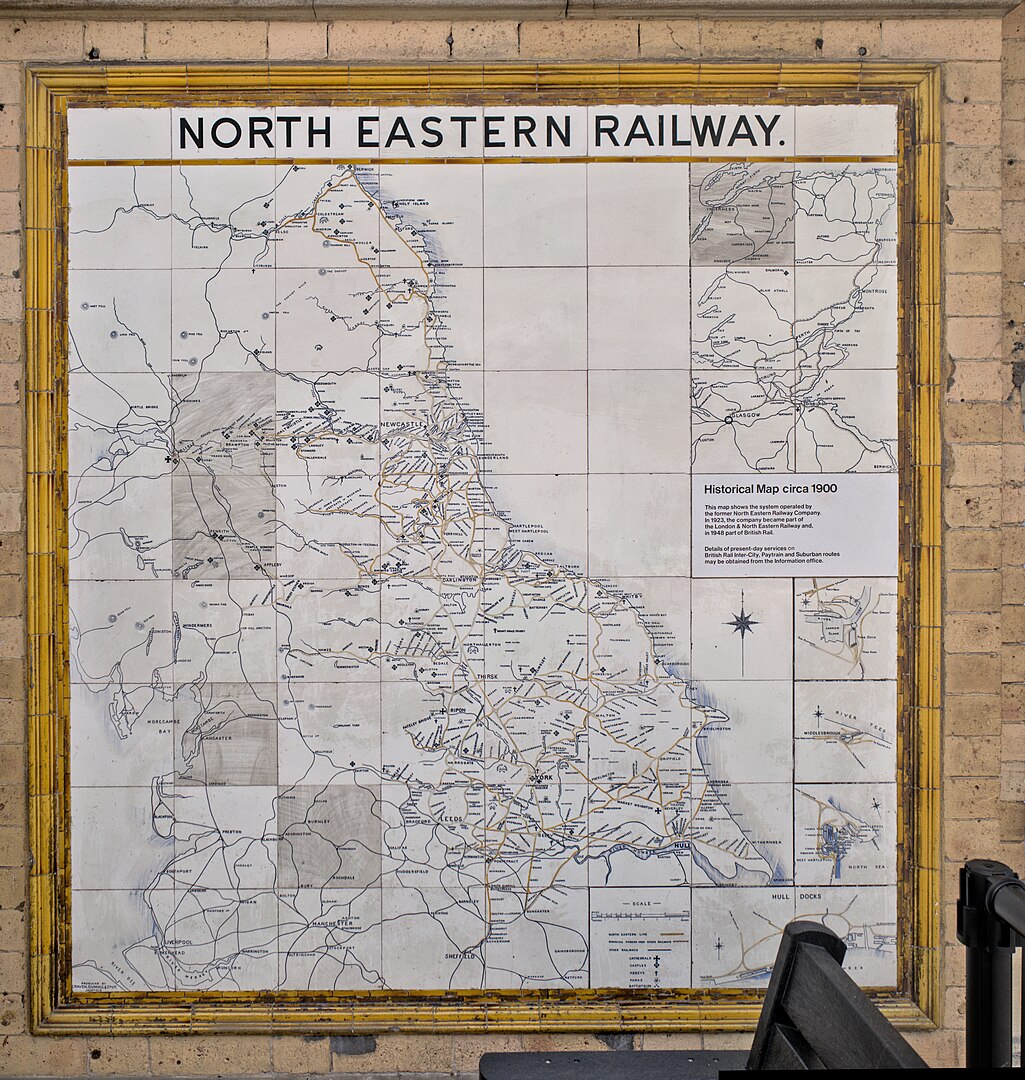
Tile map for North Eastern Railway. If something changes on the map, just change a tile, easy! (Source)
Again, why don’t we have these things anymore? Why are mosaics absent from our common spaces, why are most signs taped on plastic, and our buildings void of details? Two answers: tastes and economy. In case of the former, it’s modernism and eventually postmodernism combined with minimalism that happened and still being preached as the style to pursue if you are a leading designer or architect. And for the latter, well, it’s just cheaper to remove “unnecessary” design choices and more expensive materials. But what are the costs here we’re ignoring?
There are fewer physical things that has more impact on our well-being than the way we design our spaces. But for the last 50 years (and more), we have broadly decided that we want to skip everything that is ornate or detailed, and instead go for minimalism and let form follow function. This does in many (fantastic) cases lead to beautiful things – the Concorde, Rams’ Braun products, and more. And as a style it has been a refreshing pause from the overly ornate. But, living with a lack of detail removes the soul, fun, and life from our environments – things that matter to me as a human. Having beautiful spaces with deep, thoughtful designs has the potential to impact the well-being of countless people, especially for public spaces.
This is a critique of modernism and postmodernism, but not a call to bring back the old days. I have little respect for the idea of just replicating what we had before. This is not how we advance as humans. What i mean is that scaled back design that doesn’t operate on a human scale, that is void of details, has had its days. Instead, we should bring the minds of designers and those who want to shape the would around us to figure out what the new, post-postmodernism style should look like (and be called), where details matter. It’s time to spend more time on designing things. We need more mosaics, but designed for the century we live in now.
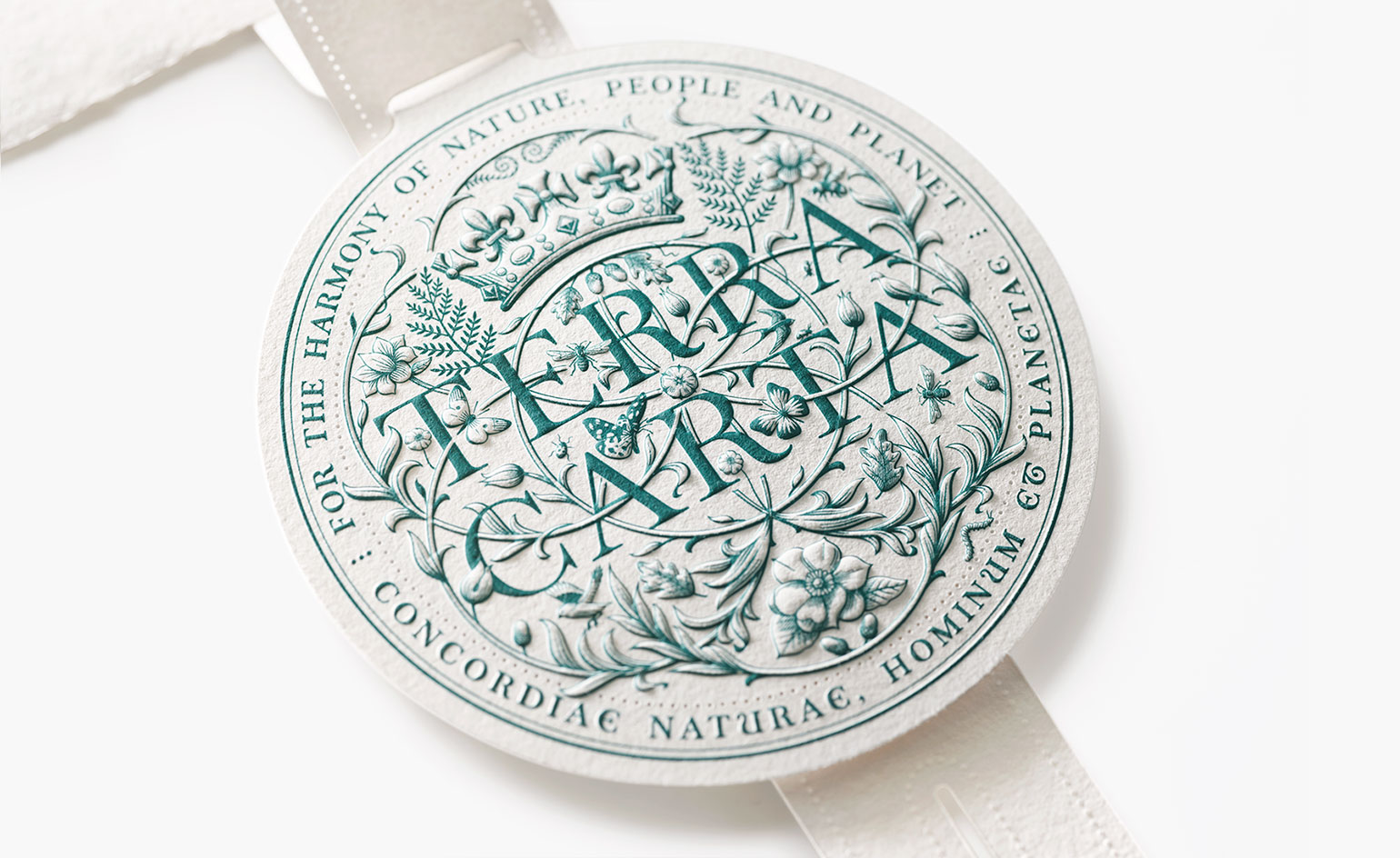
Terra Carta seal by Jony Ive’s design studio LoveFrom. A great study in how thoughtful design with rich details do not necessarily look like pastiche.
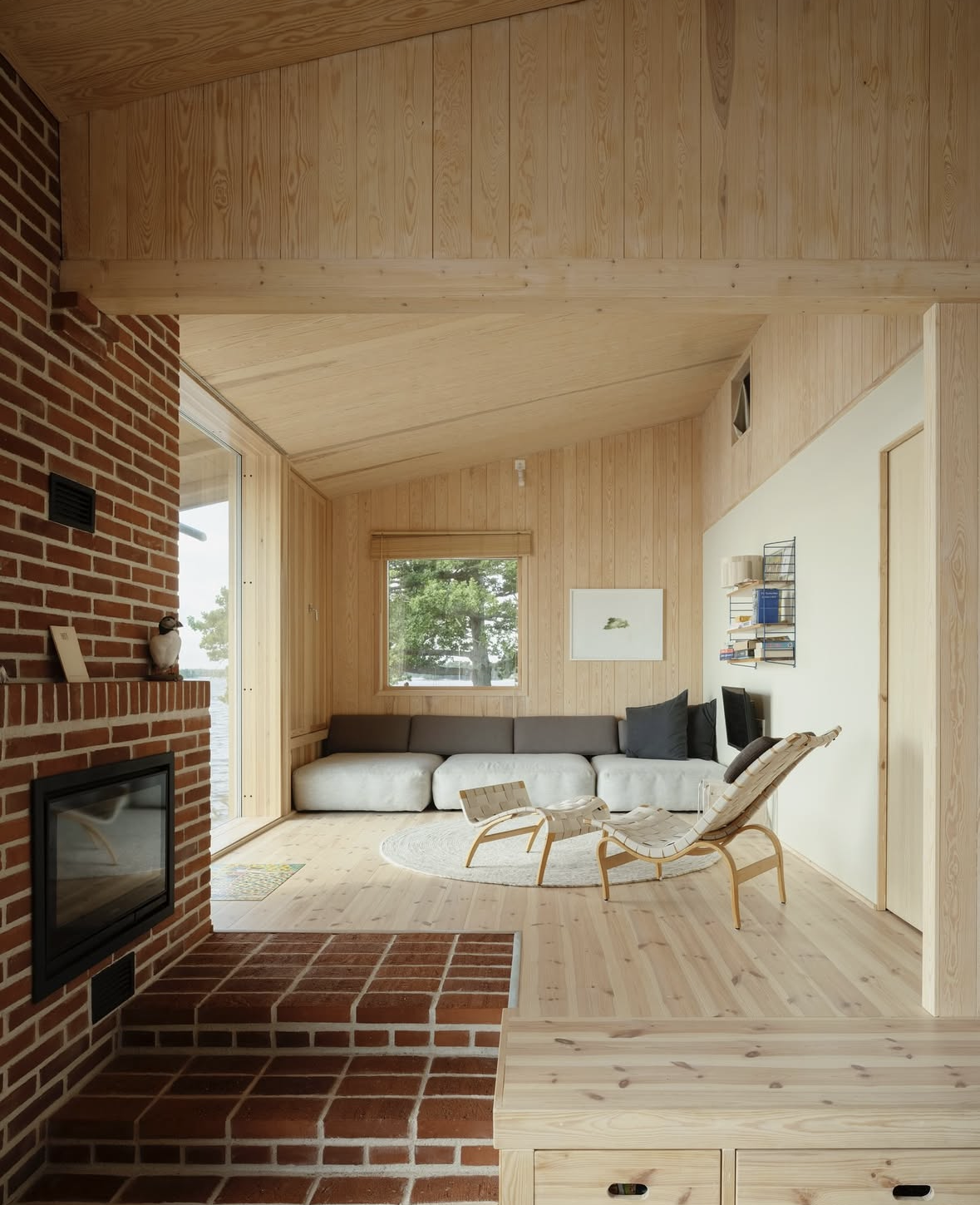
We should mix materials, and build in more intricacies on smaller scales. Like a small staircase and integrated furniture in this house by Nadén & Lind.
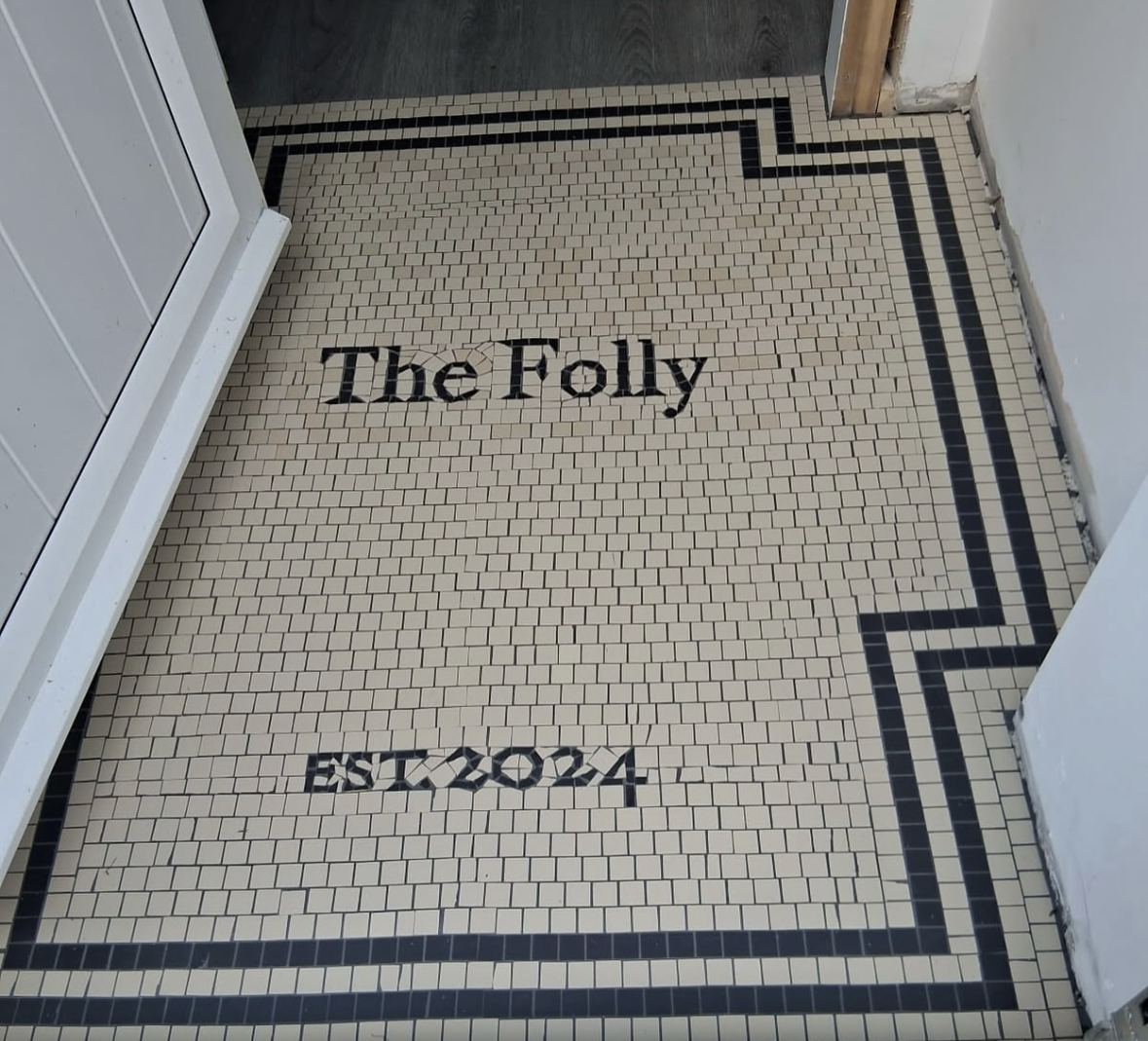
A piece of contemporary mosaics by Helen Miles Mosaics. It’s simple, but the feeling of care and attention to detail that went into this work is immense. What feelings would it evoke if it was the same design, but just printed on a beige floor?
I shall keep this post updated with things I enjoy looking at, that embody the feeling I have of the new style we need.
